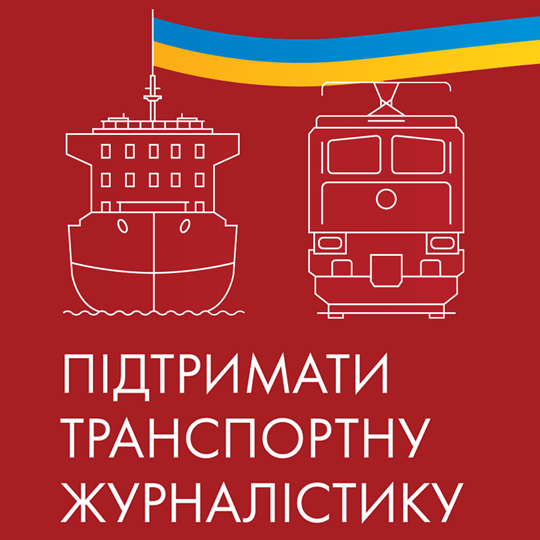China Harbor Engineering Company Ltd. (CHEC) began dredging work on the maritime approach channel to the Chornomorsk seaport and the operational water area of the Dry Liman’s first bucket on August 8. The relevant contracts between the Ukrainian Seaports Authority (USPA) and CHEC were signed in April 2018.
According to the Ukrainian Sea Ports Authority, the dredging work will make it possible for large vessels of the Capesize class with drafts of up to 14.5 meters and deadweight tons of up to 100,000 and containerships with a capacity of 8,000 TEU to enter the existing deep-water quays and those that are planned for reconstruction.
The dredging project, which was designed by the Ministry of Infrastructure’s ChornomorNIIIProekt institute, provides for deepening and expansion of the approach channel.
The approach channel currently has a length of 1,400 meters and a depth of 14.5 meters. After its dredging, its length will increase to 1,600 meters and its depth to 16 meters. Its width will remain unchanged at 150 meters. The dredging of the operational waters of the 1stbucketofthe Dry Liman will increase the depth of its central part to 15 meters.
The total volume of dredging work in the Chornomorsk seaport will be about 2 million cubic meters. Approximately 500,000 cubic meters of soil will be removed from the approach channel and almost 1.5 million cubic meters from the operational water area of the Dry Liman’s first bucket. The work will be completed in approximately 2-5 months.
The cost of the projects is UAH 404.1 million (excluding VAT), of which UAH 87.1 million will be spent on dredging the approach channel and UAH 317 million on dredging the operational water area of the Dry Liman’s first bucket.
CHEC has mobilized a 15-vessel dredging fleet for performance of the dredging work in the Chornomorsk seaport. All the vessels have arrived at the seaport.
As reported, CHEC is also performing dredging works in the Yuzhny seaport. The Chinese company and the Ukrainian Seaports Authority signed two contracts in May 2017. Implementation of one of the contracts was completed three months ahead of schedule. The second is 70% completed.




